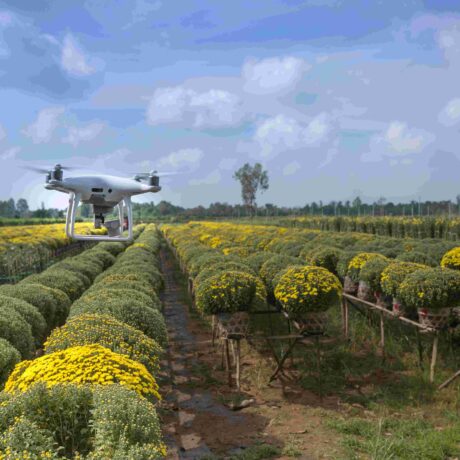UK Spending Review: Defra Allocation Holds Steady Amid Wider Constraints
Dr Alex Setchfield
Jun, 16 2025The UK Chancellor has unveiled the Government’s latest Spending Review, outlining departmental budgets for 2026/27 to 2028/29. Within the constraints of tight fiscal rules, the Chancellor has prioritised capital investment, especially in social housing and infrastructure. £39 billion has been allocated over the next decade for social housing, while new transport projects will have implications for rural land. Meanwhile, revenue spending funded through in-year taxation remains constrained, with notable uplifts for the NHS (set to rise 3% annually each year) and defence (rising to 2.6% of GDP by 2027).
Defra was notably absent from the Chancellor’s speech, reflecting continued pressure on environmental and agricultural budgets. However, further details reveal a total capital allocation of £16 billion for the department – equivalent to an annual average real terms growth rate of 2.5%. Of the total capital allocation, £2.7 billion per year is earmarked for “farming, food security, and nature’s recovery,” including an average of £2.3 billion annually for the Farming and Countryside Programme – slightly down from £2.4 billion per year previously. Up to £400 million is allocated for “additional nature schemes,” and £2 billion is committed to Environmental Land Management schemes by 2028/29, with a focus on water, air, and biodiversity. Flood defence also receives continued support, with £4.2 billion allocated over three years to build and maintain infrastructure.
What’s Next?
Over the coming months, further detail is expected as Defra and other departments begin to announce how their funding allocations will be deployed. These announcements will be crucial in shaping the landscape for UK farming, land management, and environmental policy over the next three years. At Ceres Research, we’ll be watching closely to see how the Spending Review translates into practical support for the rural and agri-environment sectors, particularly around the future direction of schemes including the Sustainable Farming Incentive, Countryside Stewardship and Landscape Recovery, as well as capital grants such as the Farming Equipment and Technology Fund.







